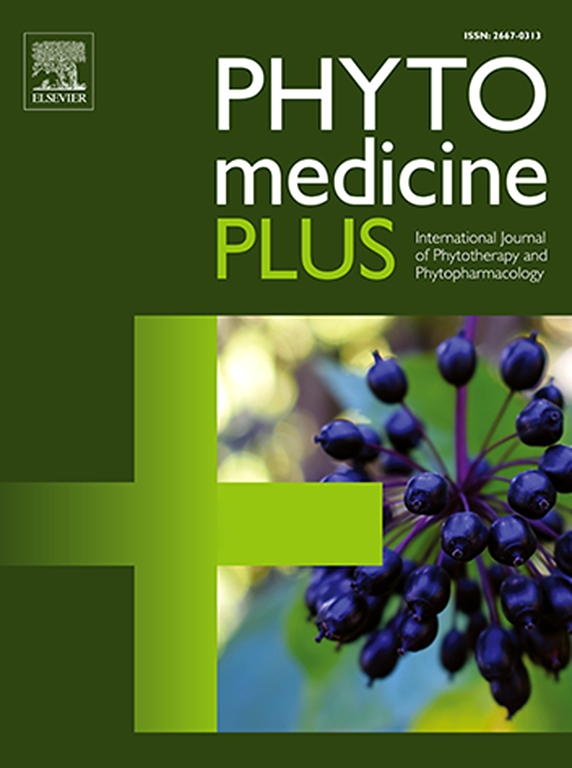Biomarker discovery and phytochemical interventions in Alzheimer's disease: A path to therapeutic advances
Q3 Pharmacology, Toxicology and Pharmaceutics
引用次数: 0
Abstract
Background
Alzheimer's disease (AD) is a significant and prevalent threat in the current period, with a dearth of accessible treatment options. There is an urgent need to identify novel molecular markers for the diagnosis and treatment of AD. Genetic biomarkers hold promising potential in this regard.
Purpose
The study aimed to adopt a new strategy to identify and characterize potential biomarkers and therapeutic phytochemicals for AD by integrating gene expression data and computational analysis.
Methods
A differential expression analysis was conducted using GEO2R, where the significant differentially expressed genes (DEGs) were identified in brain areas that include the Entorhinal Cortex (EC) and Posterior Cingulate (PC), as well as in peripheral blood. The interactions between DEGs and phytochemicals were investigated using computational approaches that involve molecular docking and molecular dynamic simulations.
Results
A total of 17 potential biomarkers including BAD, CDK5, FN1, ITGA4, and MAPK9 were identified. Quercetin and Berberine have shown significant binding affinities to these biomarkers according to molecular docking studies, indicating their potential as effective treatment agents. The ADME profile has shown the presence of favorable properties, specifically blood-brain barrier permeability. These findings suggest that the biomarkers found are implicated in important pathways associated with the development of AD and they emphasize the potential of Quercetin and Berberine as therapeutic agents.
Conclusions
This study provides a thorough comprehension of the molecular basis of AD and proposes that Quercetin and Berberine have the potential as efficacious therapy options. This research provides a promising viewpoint on treatments for AD by focusing on proteins that are increased in certain parts of the brain, such as the EC and PC, which play a crucial role in the pathways leading to neurodegeneration.

求助全文
约1分钟内获得全文
求助全文
来源期刊

Phytomedicine Plus
Medicine-Complementary and Alternative Medicine
CiteScore
3.70
自引率
0.00%
发文量
178
审稿时长
81 days
期刊介绍:
 求助内容:
求助内容: 应助结果提醒方式:
应助结果提醒方式:


